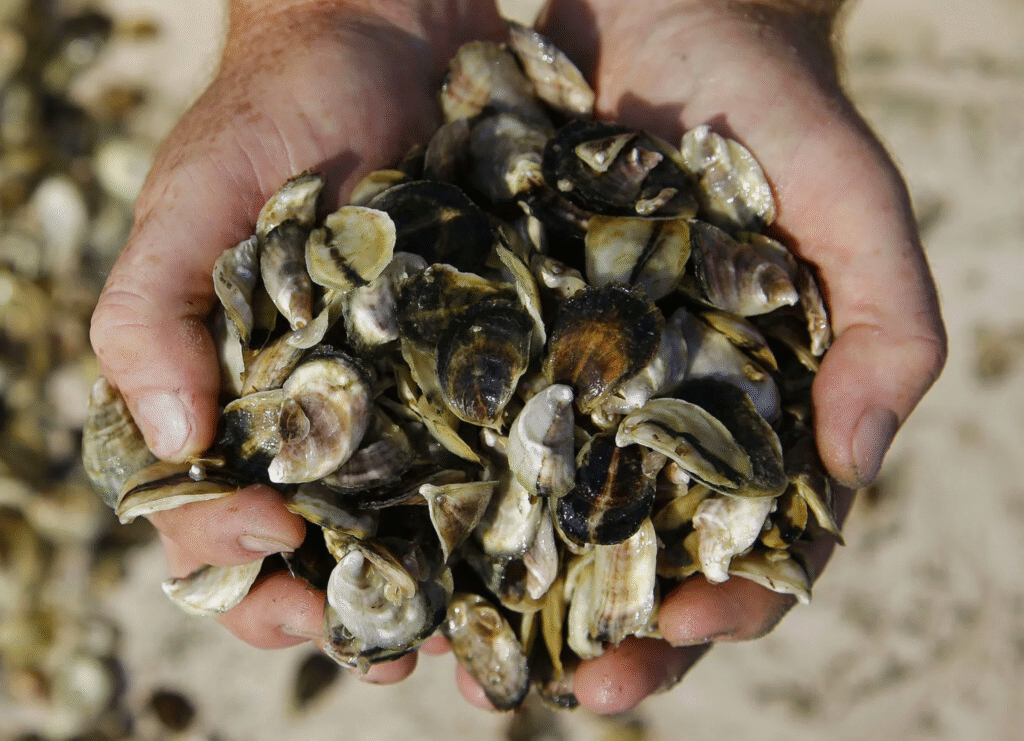Vibrio vulnificus Flesh eating bacteria infections in Florida, At least four people in Florida have died this year after contracting flesh-eatingbacteria typically found in warm saltwater or brackish water, Vibrio vulnificus, also known as “flesh-eating” bacteria, has infected 11 people in Florida this summer, killing four.
The deaths happened in Hillsborough, Bay, Broward and St. Johns counties, according to the Florida Department of Health.

Ingesting infected raw shellfish is one way to become infected with the “flesh-eating” bacteria, Vibrio vulnificus. The infection can also enter through an open wound in warm, salty water.
Cases span multiple Florida counties
Since 2016, Florida has recorded 448 cases and 100 deaths tied to the bacteria. The 2025 deaths have been reported in Bay, Broward, Hillsborough, and St. Johns counties. Additional cases have been confirmed in Duval, Escambia, Lee, Manatee, Santa Rosa, and Walton counties, as well as a second case in St. Johns.
People who are most at risk are immunocompromised — people with cirrhosis, people on chemo, anybody who has a compromised immune system of any kind,” said Dr. Edward Hirsch, an infectious disease specialist at HCA Florida University Hospital.
What is Vibrio vulnificus?
Vibrio vulnificus is a naturally occurring bacterium found in warm, coastal areas in saltwater and brackish water — a mix of fresh water and saltwater often found where rivers meet the sea. It is known as flesh-eating bacteria because some infections “lead to necrotizing fasciitis, a severe infection in which the flesh around an open wound dies,” according to the CDC. Researchers at the CDC first identified it as a source of disease in 1976.
How infection happens –
- Eating raw or undercooked shellfish, especially oysters
- Exposing open wounds to warm salt or brackish water
- No evidence of person-to-person transmission
Symptoms –
- Watery diarrhea, vomiting, and abdominal pain
- Skin infections from wounds exposed to seawater
- In severe cases: skin breakdown, ulcers, and bloodstream infections
Reduce the risk factors by –
- Avoid raw oysters and shellfish; always cook seafood thoroughly
- Prevent cross-contamination between raw and cooked seafood
- Keep open wounds away from warm salt or brackish water
- Wear gloves when handling raw shellfish or seafood
- Refrigerate leftovers promptly and safely
How it is treated
- Immediate antibiotic treatment is critical
- Wound care is essential; in severe cases, amputation may be necessary
For more information, visit the CDC’s Vibrio page.
FOR MORE INFORMATION – cbsnews.com

